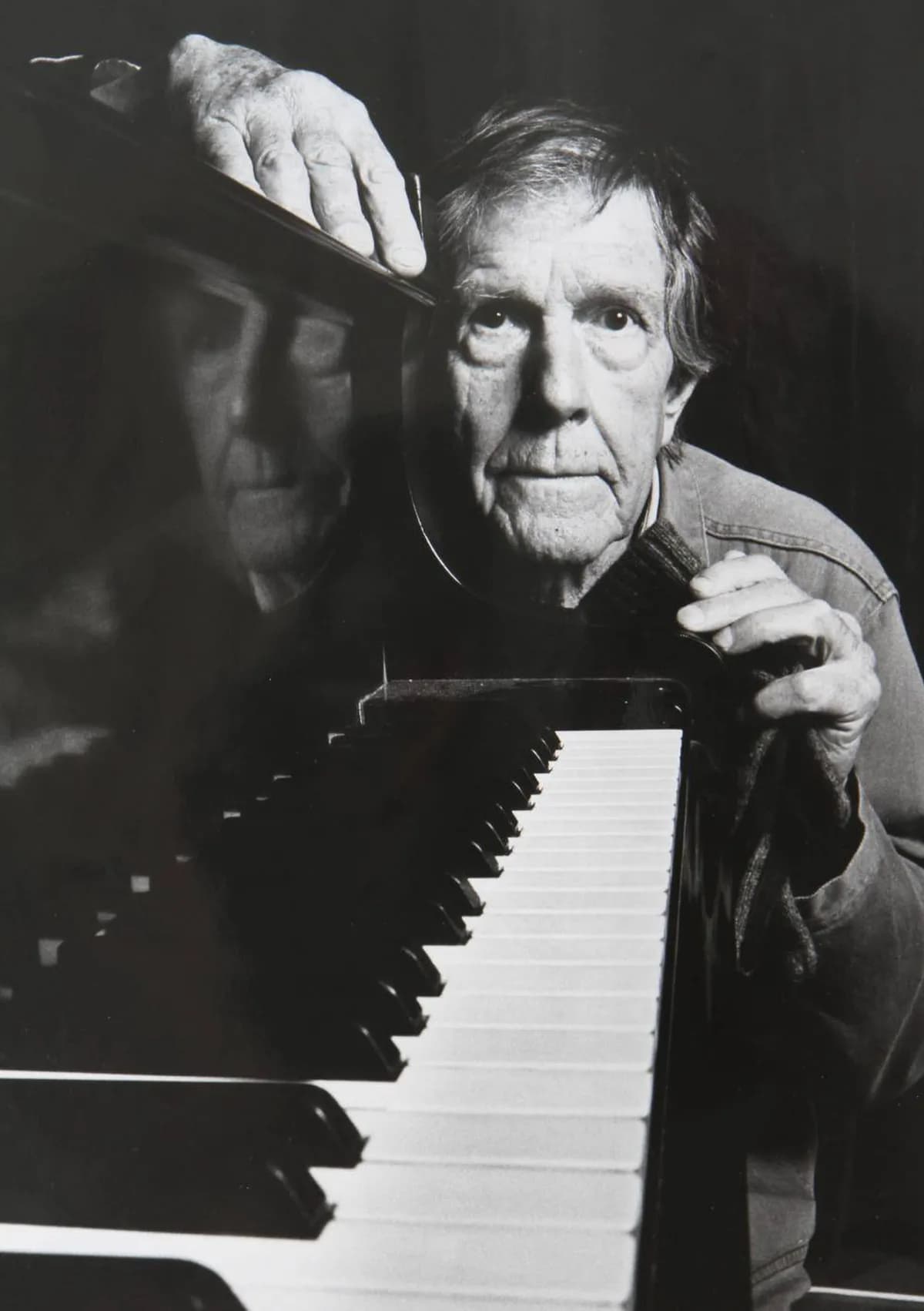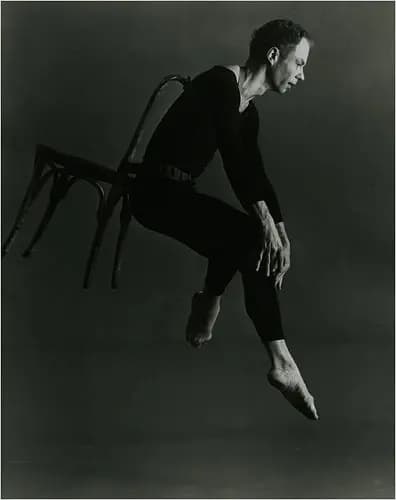There is something about the American artist and composer John Cage that I find fascinating. Something that transcends his works, his music — in fact, many seem to know the man better than the music, thanks to his groundbreaking approach to creating art. And this is perhaps where Cage probably fascinates the most; it is not just about the music. It is about the artist, and his creative achievement above the boundaries of artistic mediums, genres and styles. Cage is famous for having been a bridge between his influences. For having revealed and celebrated what had led him to become the artist that he was, and for having represented a game changer in many artists’ and musicians’ development. Cage’s most famous work is probably “4’33” — a piece which challenges the definition of music by being performed with the absence of deliberate sound from the performer. A revolution in the realm of intellectuals, critics, and artists. The work is still to this day a controversial topic between artists and often asks the question — what is noise, what is music, what is art?

John Cage during his 1966 concert at the opening of the National Arts Foundation in Washington, D.C. © Rowland Scherman/Getty Images
Cage, never — all joking aside — allowed himself to be stuck in his own cage. Quite the contrary, he liberated himself and all following artists and musicians by constantly questioning his art and creativity.
Questions such as — what are the rules? Are there even rules? What is the balance between objectivism and subjectivism? What is the taste? Who and why decide what is art and what is not? What is the place of humour in music? What does it mean to be an American artist against European artists? How do art, philosophy, and spirituality work together? Are they all the same, in the end? What is then the role of the artist? A plethora of questions has fuelled Cage’s art and creativity throughout the years. (There is of course no intention in this article to answer any of these questions. Rather compile them and leave the reader excited by a boiling excited and hungry mind.)

John Cage at Britain’s Huddersfield Contemporary Music Festival in 1989 © James Fraser/Rex Features
Cage, who had studied with Cowell and Schoenberg — both composers known for their works in advanced theory and avant-gardism — was also influenced by Indian philosophy and Zen Buddhism. As a result, most of his work is intricately connected to both, the wish for creative progress and adventurism, and the integration of Eastern world philosophies, and their application in music. Inspired by Satie throughout his entire creative career, and to some extent his most important influence, Cage wrote in 1985, “ASLSP (As Slow as Possible)” — inspired by Satie’s “Vexations” — which performed on the piano, can last up to seventy minutes. Two years later, Cage adapted it for organ and in 2001 began a performance in Halberstadt, which is due to end in 2640. Last, but not least, Cage was fascinated by mushrooms, and in his own words had admitted that much can be learned about music by devoting oneself to the mushroom. At some point in his life, Cage made a living by supplying New York restaurants with the pickings from his mushroom hunts. There is no surprise in how Cage managed to influence the entire artistic and experience world when he had taken his influences from all his life-experience, and not only his artistic one.
John Cage’s Organ2/ASLSP “As Slow As Possible”
Cage’s contribution to art and music is enormous. He has pioneered creative indeterminacy — through the i-ching —, electroacoustic and non-standard use of musical instruments — through the prepared piano for instance —, and is, with Satie, responsible for the development of ambient and background music, a genre which has exploded in the second half of the 20th Century and first of the 21st. Finally, he has, as well, participated in the development of modern dance with his partner Merce Cunnigham.

Merce Cunningham in “Antic Meet,” with design by Robert Rauschenberg,
in 1958 © Richard Rutledge
John Cage was not a composer, nor a simple musician. John Cage was and is the incarnation of the artist; through composing, performing music, and writing books, Cage was a spiritual thinker who reflected on philosophy and how it affects his art, not to mention how his passion for gardening and foraging shaped his creativity and art. This reflects on the ones that have been influenced by him; from Robert Rauschenberg, Jasper Johns, Andy Warhol, Yoko Ono, Allan Kaprow, Morton Feldman, and Leo Castelli to Sonic Youth, Frank Zappa, Brian Eno, Aphex Twin or Radiohead. Much of the posthumous fame of French composer Satie is owed to the promotion he benefited from Cage’s admiration.
Aphex Twin: dRuQks Prepared uN 1
Cage embraced his art to become the art itself. The person of Cage is the allegory of the American progress of the 20th century; an artist, musician, philosopher, spiritual figure, thinker, gay, liberated from all, and on his way towards progress. Schoenberg liberated atonality, Debussy liberated tonality, and Cage liberated sound.
For more of the best in classical music, sign up to our E-Newsletter



